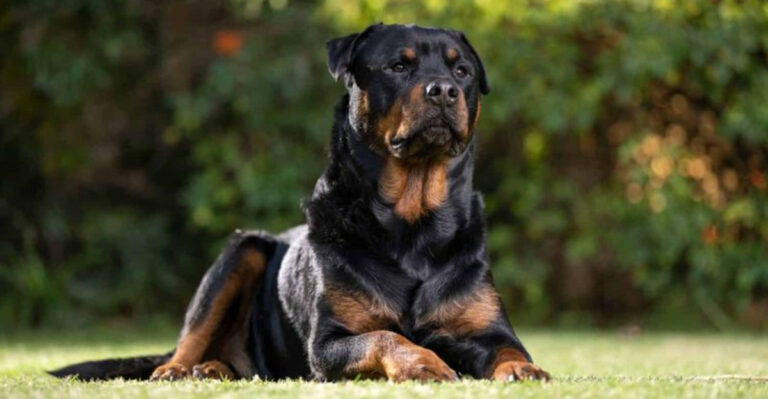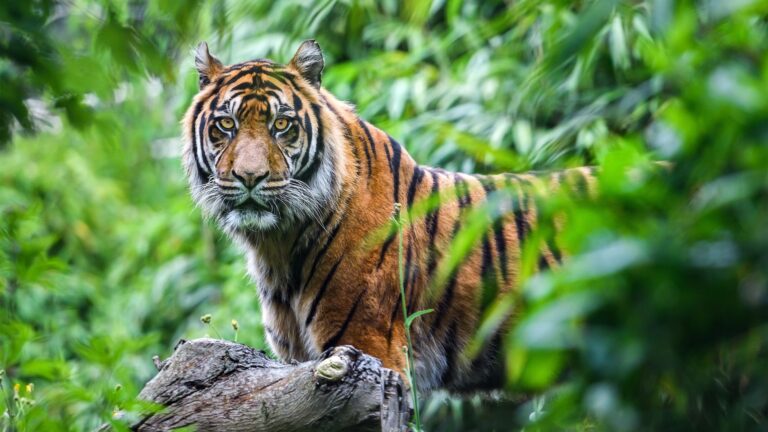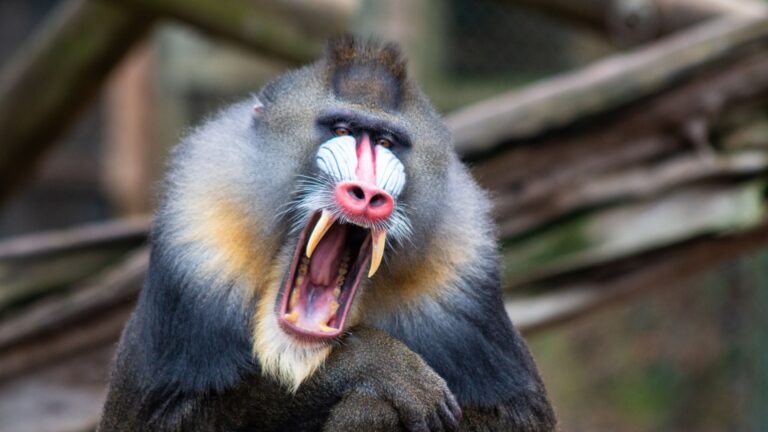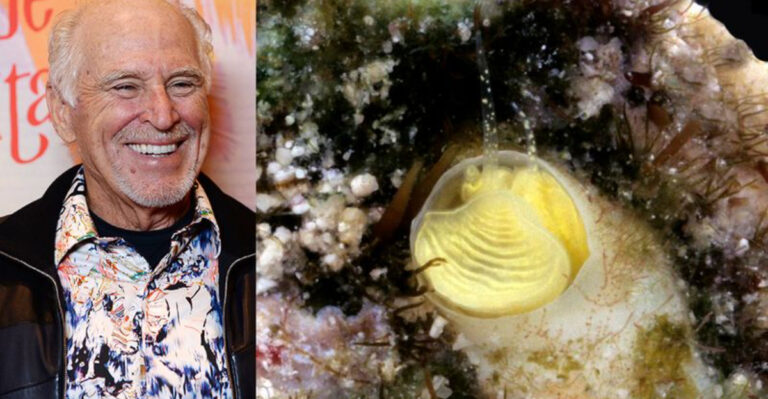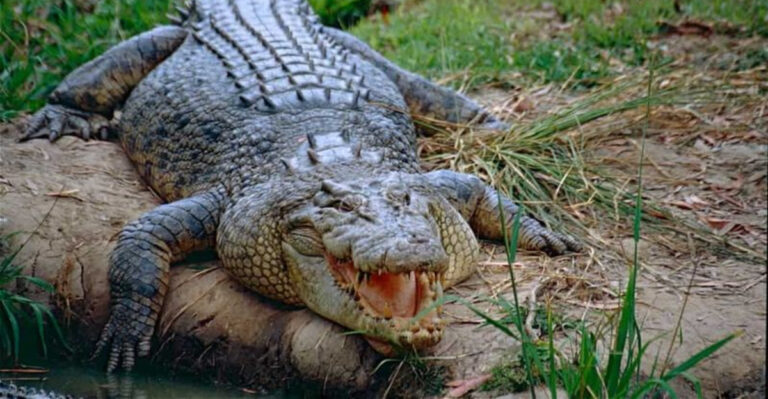10 Ancient Species Scientists Recently Brought Back To Life (Kind Of)
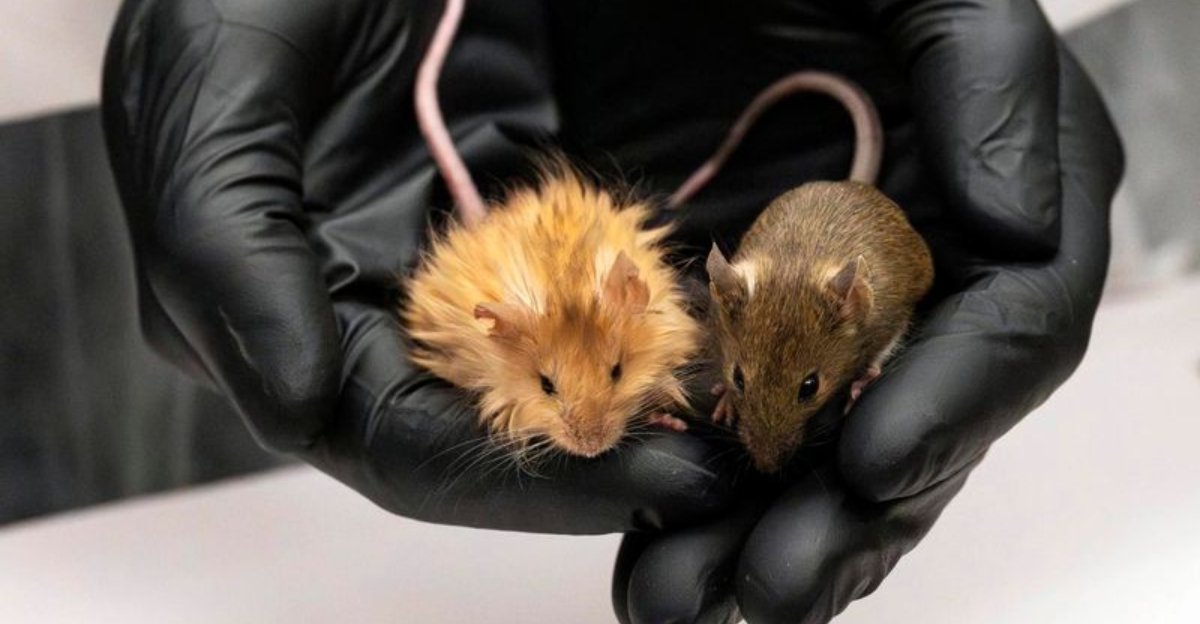
Imagine walking alongside creatures that vanished from Earth thousands of years ago. Thanks to cutting-edge genetic technology, scientists are now blurring the line between extinction and existence.
From woolly mammoths to dodos, researchers are using DNA editing, cloning, and other techniques to resurrect or partially recreate species lost to time. These scientific breakthroughs could reshape conservation and our understanding of ancient life.
Dire Wolf Returns From The Ice Age
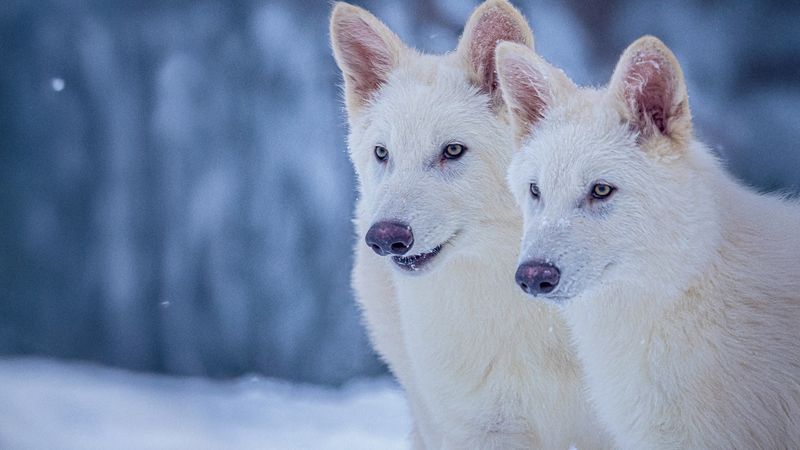
Colossal Biosciences accomplished what seemed impossible by bringing back dire wolves through advanced gene editing. These legendary predators, extinct for roughly 13,000 years, now have living descendants thanks to embryo transfer technology.
The healthy pups born in a specialized reserve mark a milestone in de-extinction science. Researchers carefully monitor these animals while studying their behaviors compared to their ancient ancestors.
Woolly Mammoth Genes Find New Homes
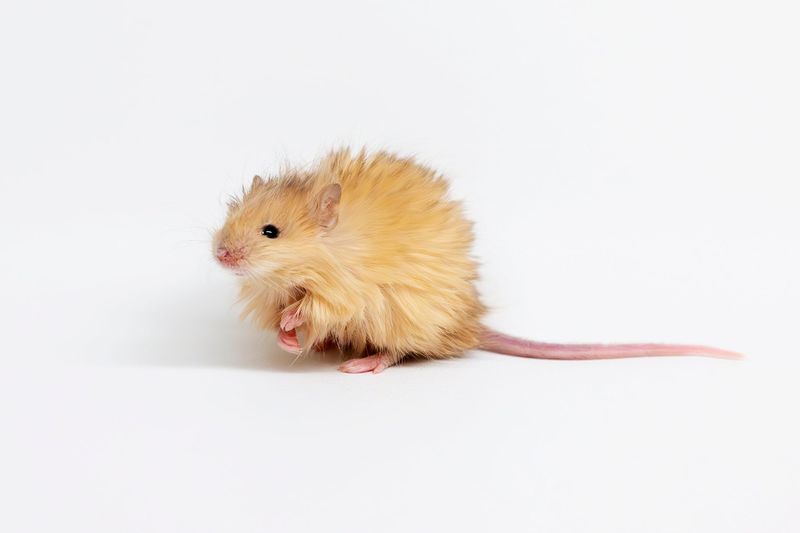
Fur-covered mice with cold-resistant traits now waddle around laboratories, carrying snippets of mammoth DNA. These unusual rodents represent a crucial stepping stone toward the ultimate goal: a living mammoth-elephant hybrid.
Scientists have successfully engineered mammoth genes into Asian elephant cells. If all proceeds as planned, we might witness the birth of the first mammoth-like calf by 2028, breathing life into traits lost for millennia.
Red Wolves Howl Again Through Cloning
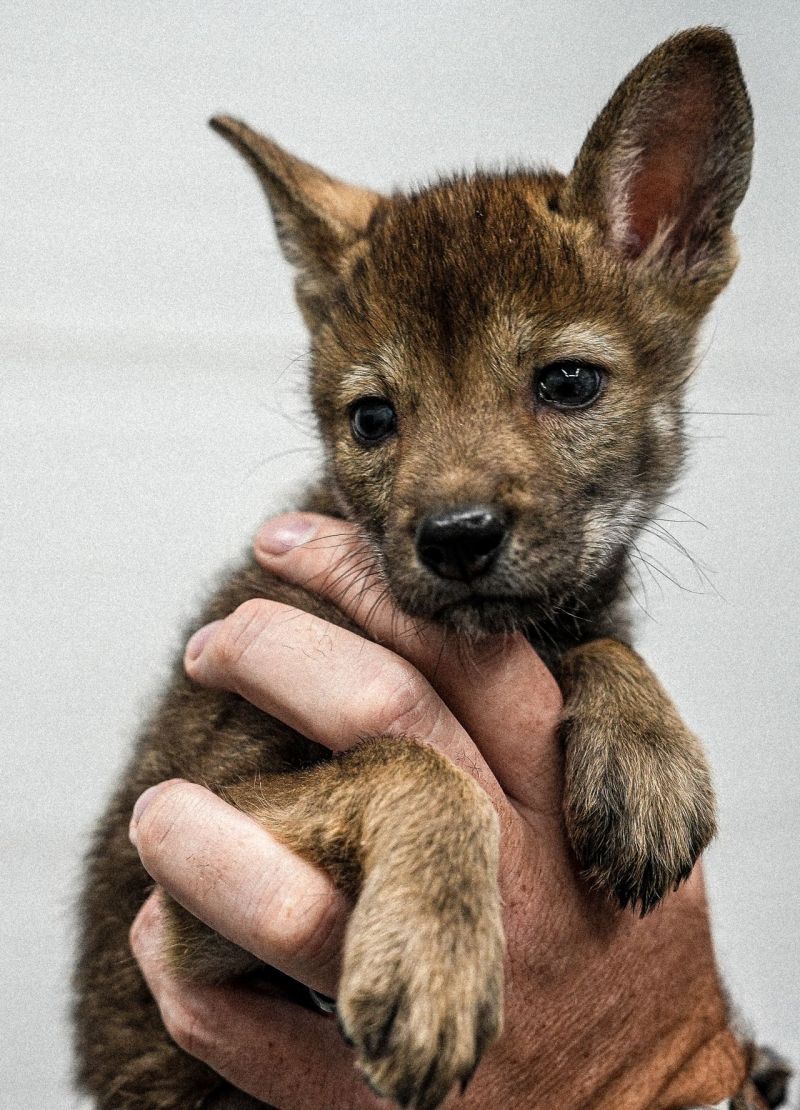
Once on the brink of disappearing forever, red wolves have received a genetic lifeline. Scientists used “ghost alleles” – genetic material from historical populations – to clone these endangered canids with enhanced genetic diversity.
Part of Colossal’s ambitious conservation initiatives, these cloned wolves carry DNA patterns not seen for generations. The project aims to strengthen wild populations while preserving genetic traits that would otherwise vanish completely.
Furry Time Travelers: Cold-Resistant Mice
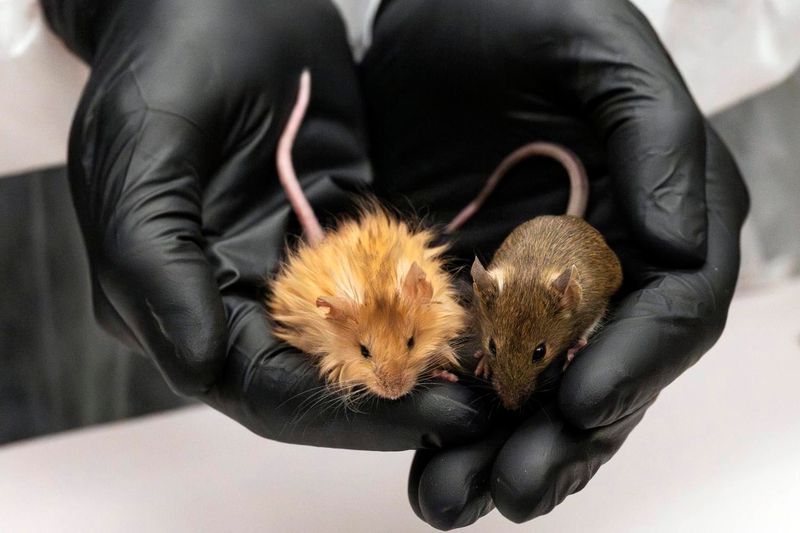
Who knew mice could help bring back mammoths? These laboratory pioneers sport thick, mammoth-inspired coats and modified fat metabolism that would make Ice Age creatures proud.
Scientists use these furry test subjects to validate complex de-extinction techniques before attempting them in larger animals. Each successful mouse represents a tiny victory in the quest to resurrect ancient traits that evolution perfected for surviving harsh prehistoric winters.
Dodo Birds Prepare For A Comeback
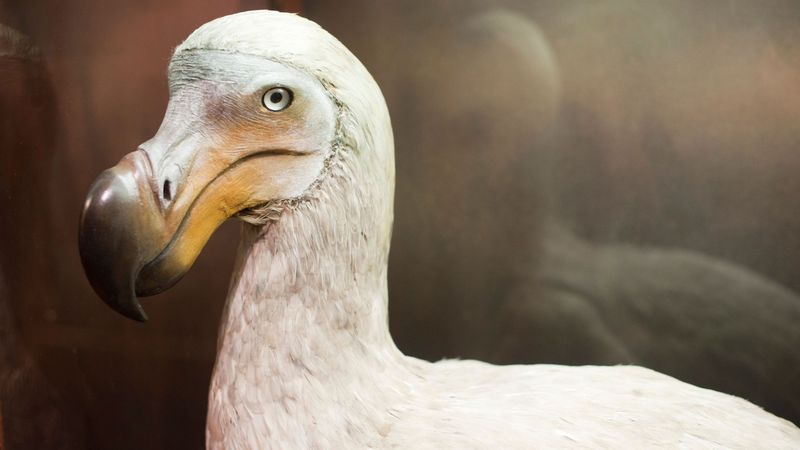
The iconic dodo – symbol of extinction itself – might soon waddle again on Earth. Colossal has launched early-stage efforts to resurrect this flightless bird using preserved DNA fragments and modern editing techniques.
The project relies on surrogate birds to carry engineered embryos. Though still in developmental phases, scientists have mapped crucial genetic sequences and identified potential surrogate species that could eventually incubate the first neo-dodo eggs.
Tasmanian Tiger Prowls Toward Reality
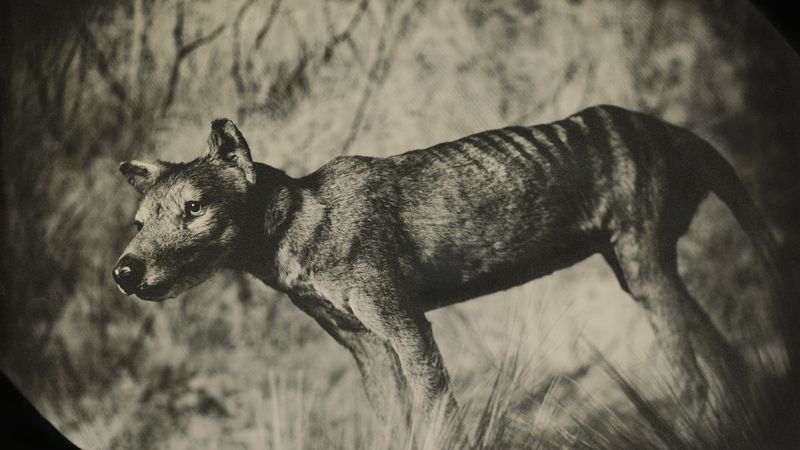
The distinctive striped back of the thylacine might soon return to Tasmania’s forests. With its genome nearly completely sequenced, scientists believe they can resurrect this unique marsupial predator within the next decade.
The revival plan involves reconstructing thylacine DNA and implanting embryos in related marsupial surrogates. Researchers have already identified suitable host species and begun the painstaking process of genetic reconstruction for this iconic Australian carnivore.
Passenger Pigeons Flutter Back From History
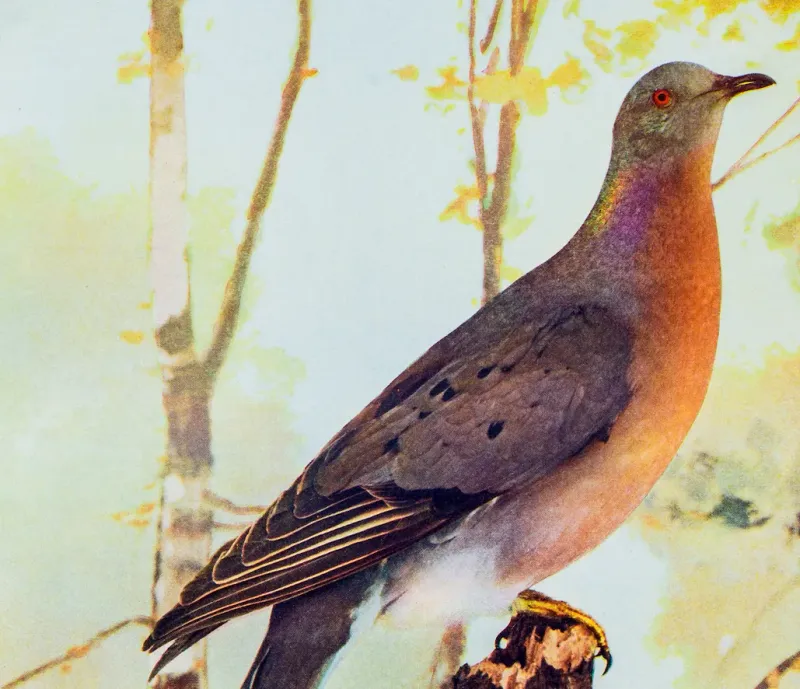
Remember the birds that once darkened American skies by the billions? Revive & Restore has partnered with geneticists to recreate birds genetically similar to the extinct passenger pigeon.
By identifying crucial genes from preserved specimens and inserting them into close relatives, researchers hope to restore ecological functions lost when the species vanished. The project focuses on traits that made these birds unique – their flocking behavior and forest regeneration role.
Ice Age Bacteria Awakens After Millennia
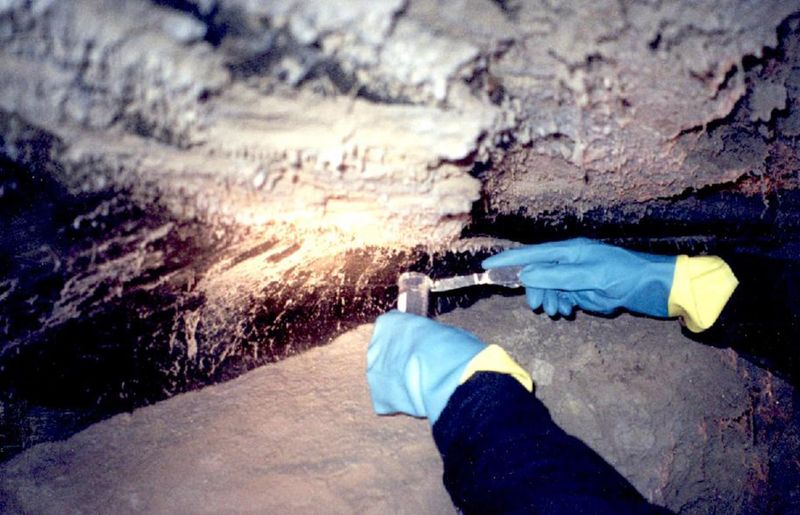
Frozen for an astounding 32,000 years in Arctic permafrost, Carnobacterium pleistocenium represents one of the most direct revivals of ancient life. Unlike other entries on this list, scientists didn’t need genetic engineering – just patience and careful thawing.
Once freed from its icy prison, this prehistoric microorganism began multiplying as if no time had passed. Its survival demonstrates how some simple life forms can remain viable across vast stretches of time, offering glimpses into prehistoric microbial ecosystems.
Lazarus Species: Nature’s Own Resurrections
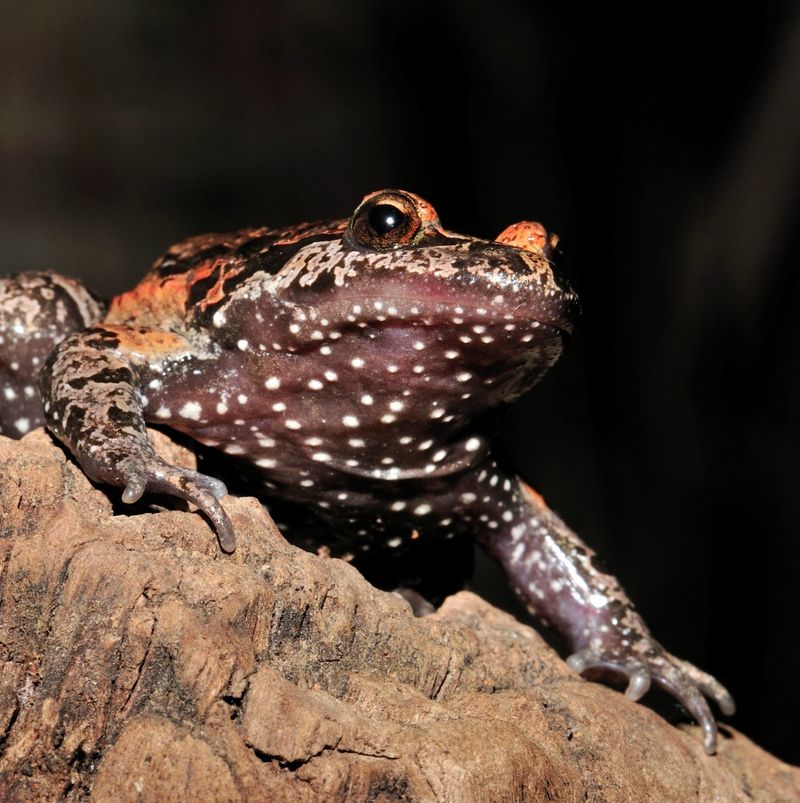
Not all comebacks require lab coats and test tubes! “Lazarus species” like the bush dog, Hula painted frog, and certain snails were declared extinct before being rediscovered alive and well in remote locations.
These natural “resurrections” happen when creatures manage to survive undetected in hidden pockets of habitat. Each rediscovery brings joy to scientists and offers valuable genetic material for conservation – no genetic engineering required!
Dinosaur Relatives: The Final Frontier
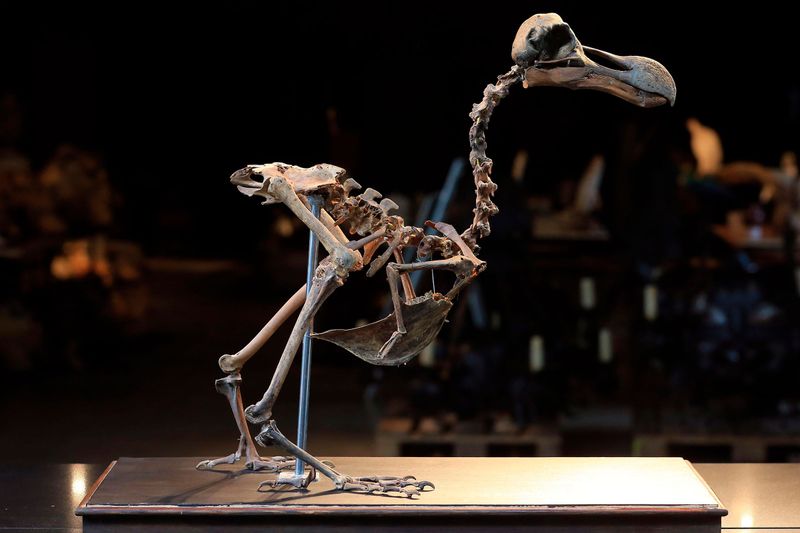
While Jurassic Park remains firmly in fiction, Colossal executives suggest we might engineer “dinosaur equivalents” within decades. True dinosaurs remain impossible due to DNA degradation over millions of years, but their distant genetic echoes offer tantalizing possibilities.
Advanced biotech could potentially create creatures with dinosaur-like traits by activating dormant genetic pathways in birds – dinosaurs’ closest living relatives. These wouldn’t be actual dinosaurs but might help us understand their biology better.

